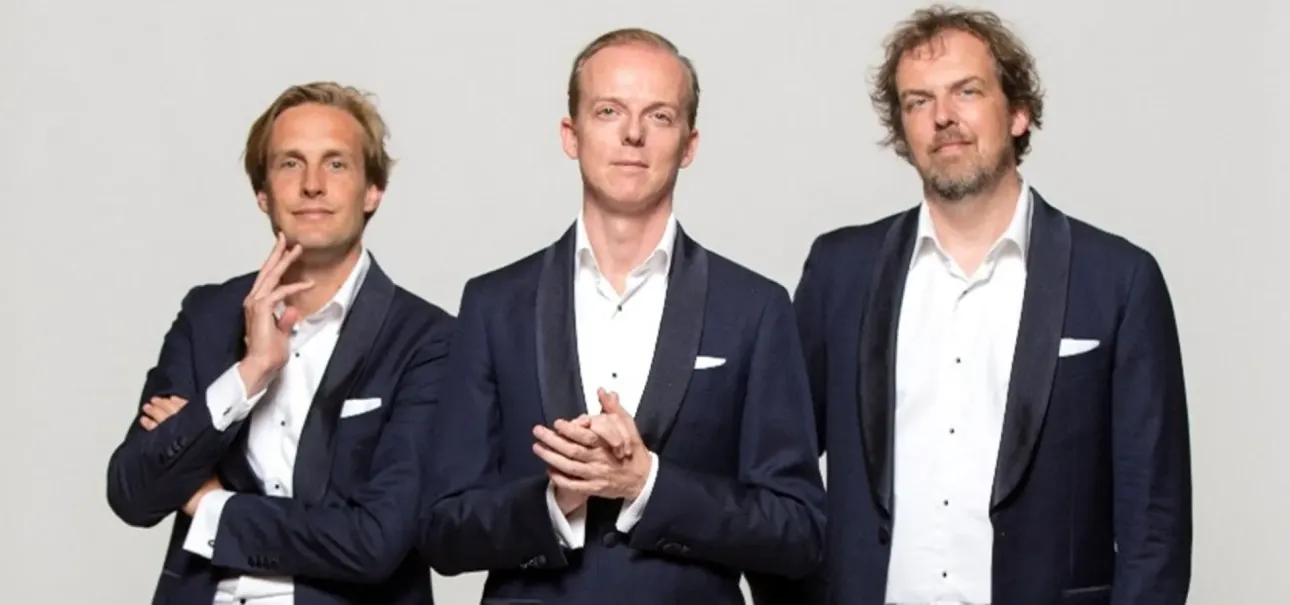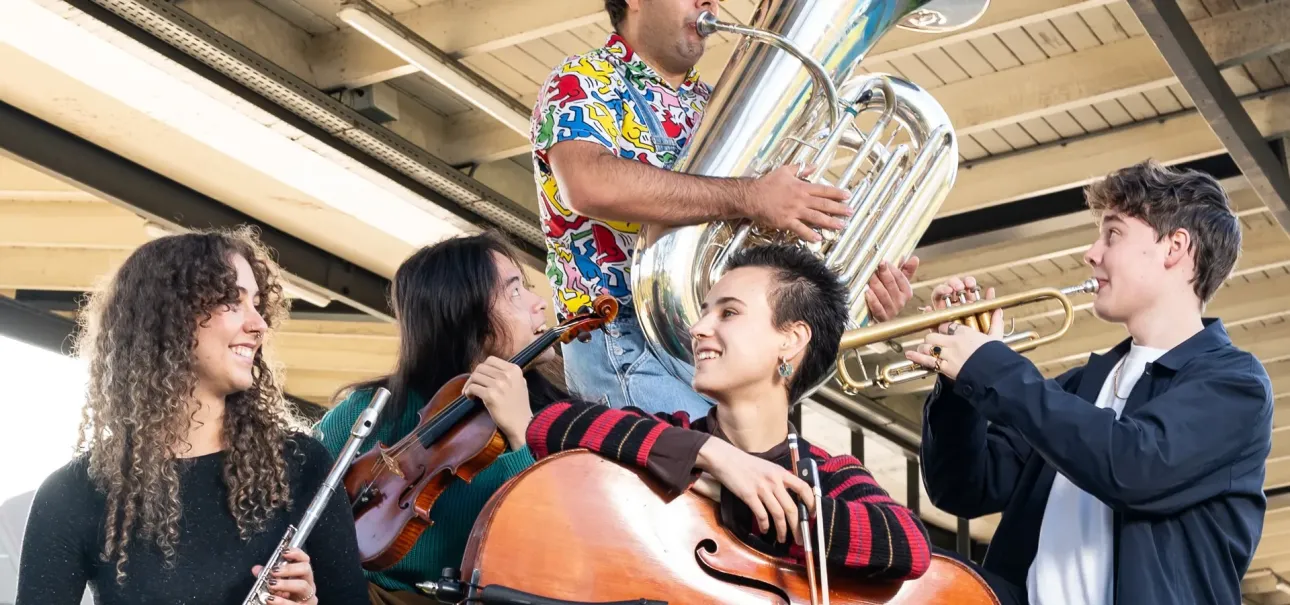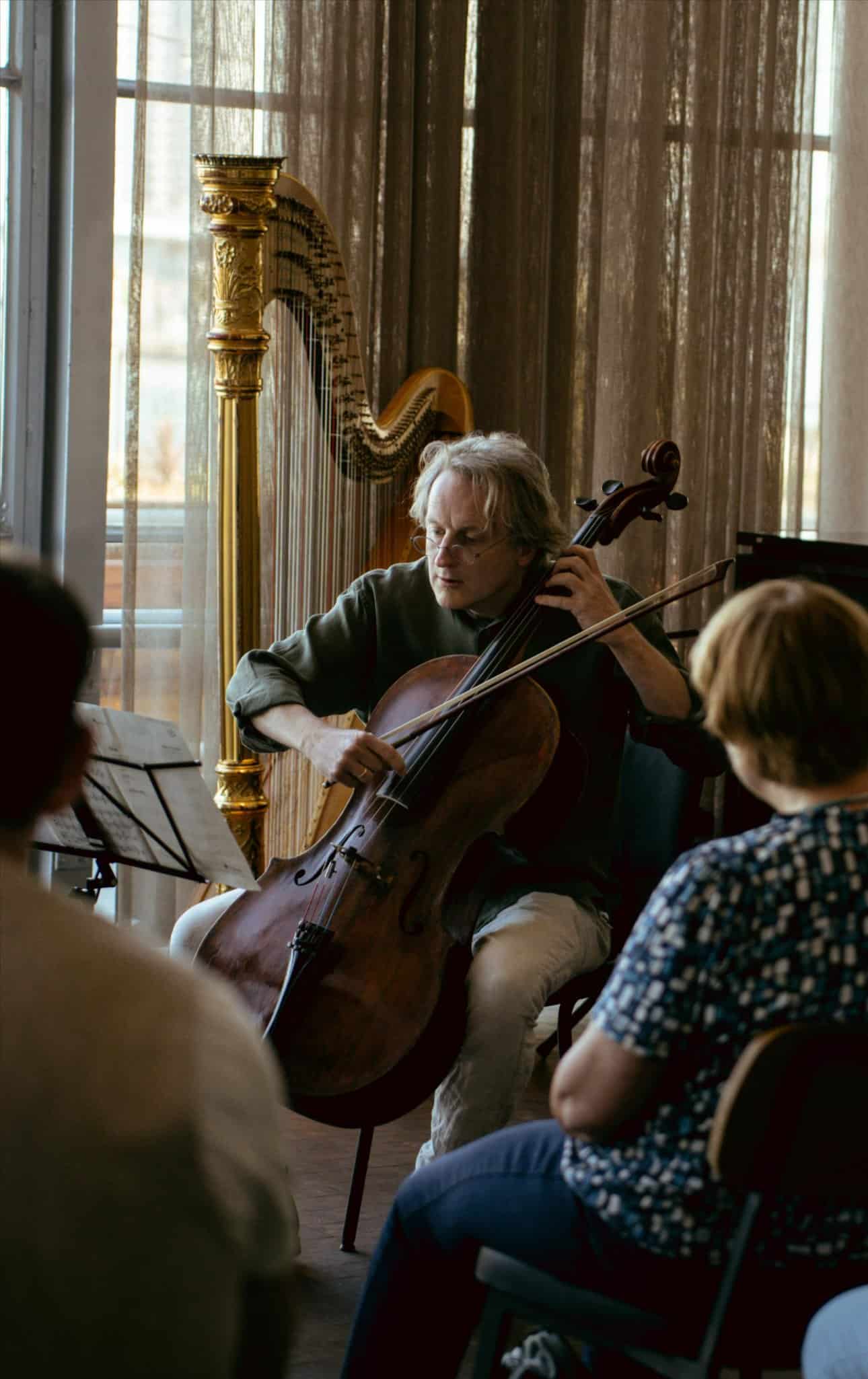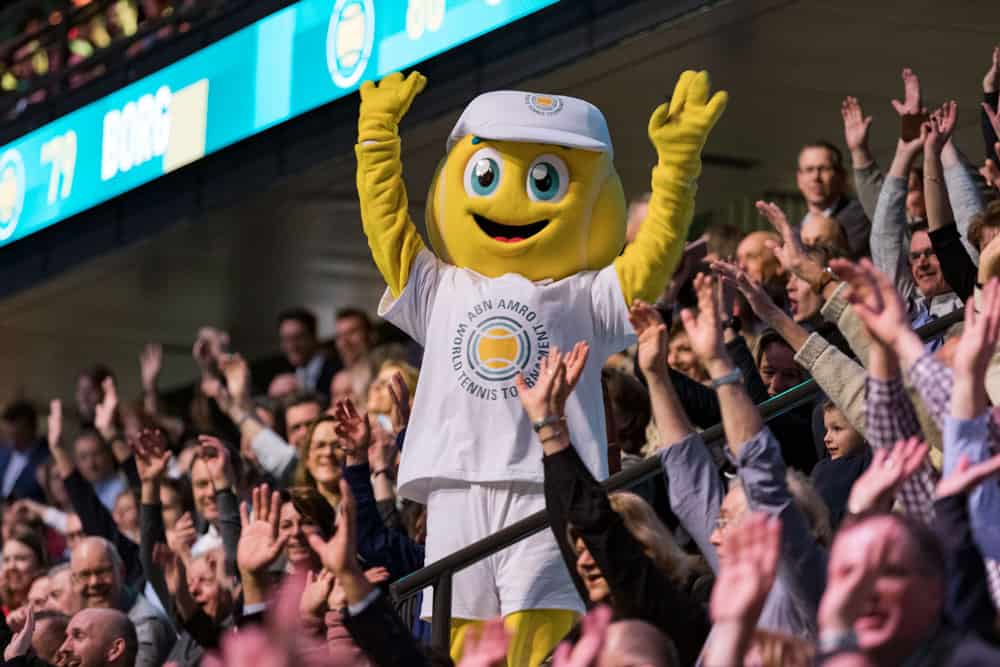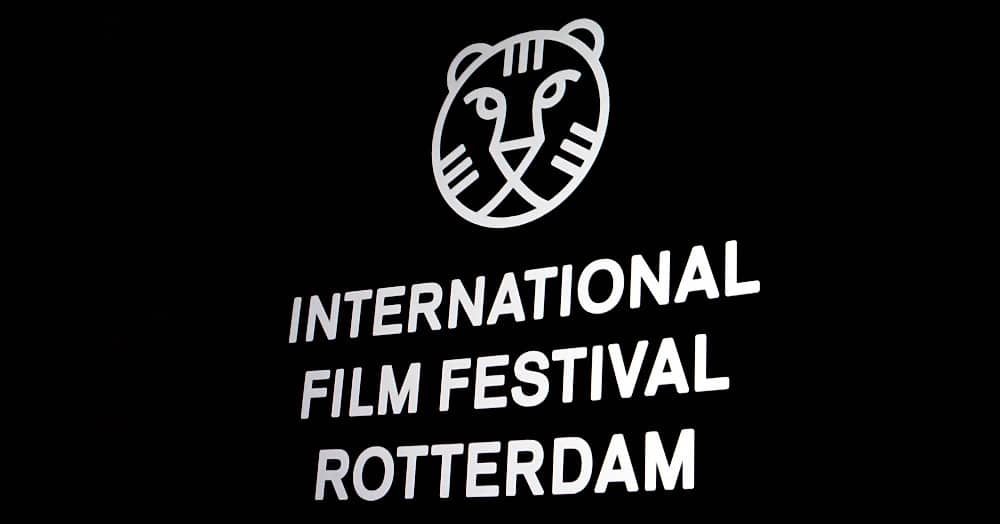To appreciate the future, one must know the past. The city of Rotterdam has a long and interesting history. This city has seen humble beginnings, devastating wars and prosperous periods of unrivalled innovation.
The beginning – hunting fish and keeping the water at bay
It took a while before hunters and gatherers could settle in the area that is now Rotterdam. It was a problematic area where salt and fresh water met. The first settlement was built around 800 CE. It grew into a fishing village called “Rotta” on reclaimed wetland close to the rivers “Rotte” (which means “muddy water”) and the river “Maas”. In the 12th century, Rotta vanished from the map due to massive flooding. Shortly afterwards a sea dyke was built, protecting against the free-flowing waters of the Northern Sea. Around 1270 the people began building a dam in the Rotte, approximately where the Hoogestraat crosses the Rotte, making it safer to stay there. Hence, the name “Rotterdam”. This dam was one of many walls and dykes that were constructed in the area.
In 1299 Rotterdam received city rights for the first time by Jan I of Holland. After the focus switched from fishing to trade and the building of the first harbours, Rotterdam paid for and was granted city rights – again – by Count Willem IV of Holland in 1340. (Willem IV had no lawful children, his elder sister Margaretha of Bavaria, and her son Willem V were later struggling to own the title. That in turn effectively started the Hook and Cod disputes, together with the debt with the city nobility that Willem IV had left as his legacy.) Back then, Rotterdam had no more than around two thousand inhabitants. Not long afterwards, Rotterdam completed the shipping canal “Rotterdamse Schie”, which connected the city with larger towns in the north. Around 1360 a town wall was built, as well as canals, ramparts and city ports.
Early modern age – Nobility caught in a power struggle and the Count of Holland
Rotterdam became an essential harbour for international trade between the Netherlands, Germany and England. In the 15th century, the late gothic Laurenskerk became the new icon of the inner city, an ambitious project and the only stone building within Rotterdam’s only 1,200 houses.
But in the second part of the century, the development of the city stagnated when the nobility in Holland and Zeeland fought each other in the Hook (old countryside nobility) and Cods (new city nobility) disputes. The Cods supported the Count of Holland, while the Hooks rebelled against him. Willem V first held the title Count of Holland, and it later fell to Philip of Burgundy. Philip inherited the Burgundian Netherlands and acquired much of Spain by marriage. These two titles were subsequently inherited by Philips successors, the kings of Spain, and caused the Dutch nobilities coming war with Spain.
At the beginning of the 16th century was the population in Rotterdam starving, a result of the Jonker Frans Wars. The wars are called after the chosen leader of the Hooks Frans van Brederode, who conquered Rotterdam and tried to take many more cities. Because he failed to take them, he kept plundering the surrounding area and strengthened Rotterdam as his fort. The wars came to an end when, after having left Rotterdam, Brederode died during imprisonment of his battle wounds in 1490. Around 1500 only 4.000 people still lived in Rotterdam, but the neighbouring cities had suffered even greater loses, especially in ships. The wars significantly increased Rotterdam’s position as a crucial city of Holland, and they celebrated Jonker Frans as a hero. Rotterdam honoured him with the street name Jonker Fransstraat.
After 1550 the economy grew again thanks to Herring fishing and trade. The herring tubes brought employment and prosperity, but in 1563 the east of the city burned down in a great fire. In 1572 Rotterdam was stormed and plundered by the Spanish troops of Count Bossu, who was sent by the Spanish king to show the Dutch who their ruler was. It had the opposite effect. One year later Rotterdam chose the side of the opposition, Jacoba of Bavaria, heiress of Willem VI, when the city had around 10.000 inhabitants. However, it took an eighty-year war before a peace treaty was made, and Spanish and Dutch rule was separated again.
After the Spanish troops had left in 1573, Johan van Oldebarneveld, leading functionary and legal adviser of the principal town corporations, strengthened Rotterdam’s ramparts to protect the city against future attacks. This urban extension was also an excellent moment to construct new ports. 1575 Rotterdam expanded its harbours to the south-east and south-west in the direction of the Maas, developing the so-called city triangle. 1650 the Water City south of the Highstreet was built.
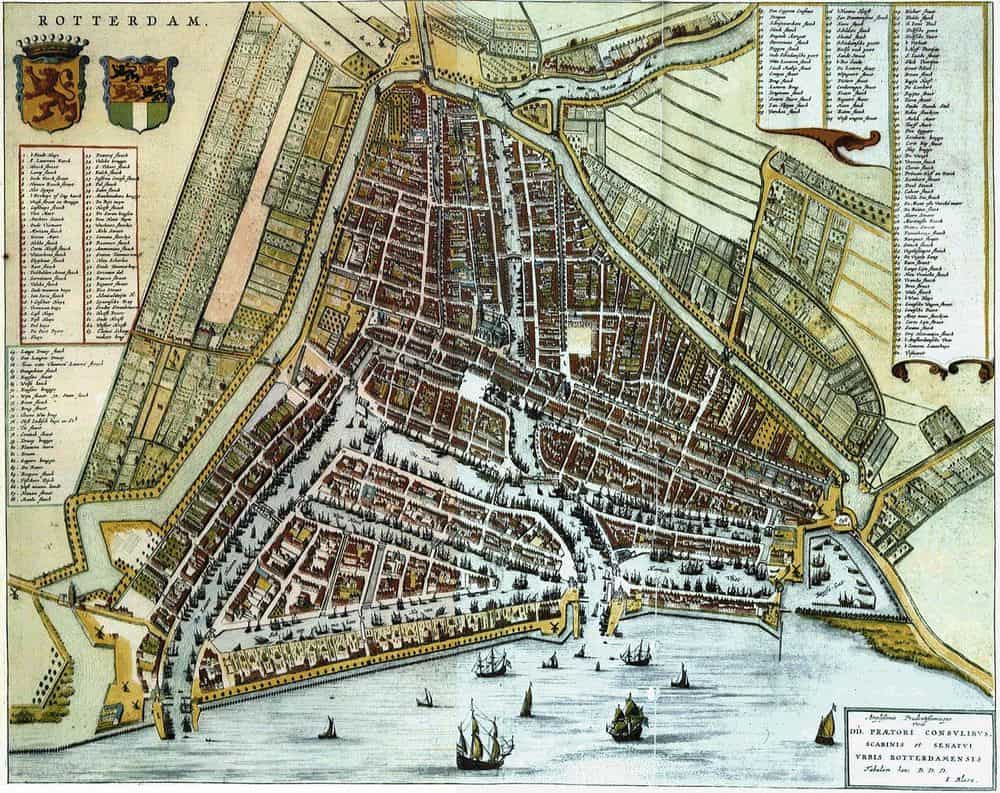 Map of Rotterdam from 1652 (Blaeu)
Map of Rotterdam from 1652 (Blaeu)
The importance of Rotterdam harbour was acknowledged by becoming part of the VOC – the Vereenigde Oostindische Compagnie (VOC) (thus the “Dutch East India Company”). Its chambers were paid for and established in Rotterdam early in the 17th century rising the start-up capital of the company. One of the smartest investments made by Rotterdam for its future. In 1602 Johan van der Veeken was the mastermind behind Rotterdam’s oversee expansion. He and Johan van Oldenbarnevelt were founding members of the VOC. By 1622 there were 20.000 people living in Rotterdam.
In 1698 the flourishing Rotterdam was the second important trade city of the country with more than 50.000 inhabitants. Erasmus became the Icon of an enlightened Rotterdam. The enlightened spirits meet up in societies and discussed politics; as well as economic development; and applied science. The Rotterdam watchmaker Steven Hoogendijk started the initiative of the Batavian Society for Experimental Philosophy. He built the first steam pumping station in Rotterdam in 1786 in the Blijdorp polder.
The 18th and 19th century – the French are gone, and the new king stays
The 18th century did not only see the rise of enlightened spirits. Political and economic tension begin again after 1750. Also, the city is very crowed – caught between in the triangle between the city walls at Coolsingel, Goudsesingel and the Nieuwe Maas – a space no bigger than 140 hectares. Only after 1825 grew Rotterdam out of this space. The 18th century is known as a period of decline, but Rotterdam still impressed its visitors. A crisis arose as the French crossed the big rivers in 1795. Shipping and trade suffered immensely during the Neapolitan wars. In 1803 inhabitants of the Rotterdam got in line just to get a cup of soup. The tide only turned after Napoleon suffered his defeat at Waterloo.
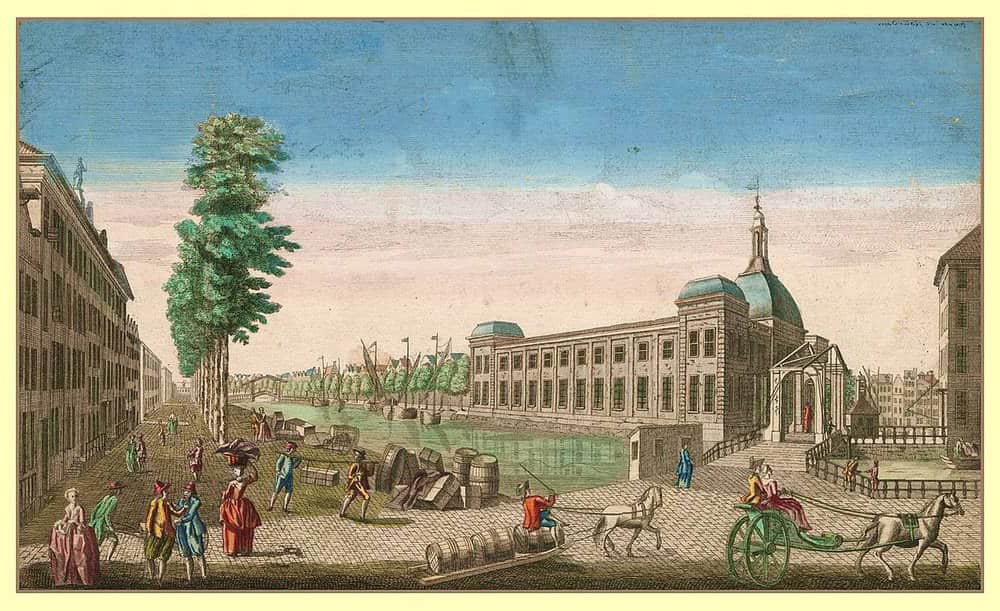 Beurs Rotterdam in 1790 (unknown author)
Beurs Rotterdam in 1790 (unknown author)
In 1850, after the French had left, and the Netherlands had become a constitutional monarchy, the Kingdom was full of optimism. The sea was open, and the trade was revived. The merchants dreamed of the revival of the Golden Age. But the new area forced drastic innovations and brought new challenges.
Rotterdam counted 90.000 inhabitants, and the majority lived in the overcrowded, unhealthy inner city with polluted canals. Cholera outbreaks were feared. Willem Nicolaas Rose had a bold plan to cater for Rotterdam with fresh and clean Maaswater. Also, in the 19th century, the Rotterdam harbours were threatened by sand and became difficult to reach for ships: it looked as if they would get silted up. Hydraulic engineer Pieter Caland developed a rescue plan: a canal through the dunes of Hoek van Holland – de Nieuwe Waterweg (meaning “the new waterway”). After eight years of work, the canal was finished in 1872. One year after it was completed, the Holland-Amerika line established itself in Rotterdam; its headquarters moved in 1901 into the building that is now the famous Hotel New York on the Wilhelmina Kade.
The New Waterway was boosting the growth of Rotterdam: more new harbours were built, and the city was booming. There was work attracting people from all over and money that was partly spent by “harbour barons” on stately buildings in the inner city. Many surrounding municipalities were annexed (e.g. Delfshaven in 1886) by Rotterdam, and new neighbourhoods were built. Especially on the left bank of the Maas, many cheap houses were constructed quickly for people attracted by work. They were often inhabited by farmers leaving the countryside also due to an agricultural crisis, earning the Southside the nickname farmers-side. From 1880 to 1900 the population grew from 160.000 to 315.000 residents. The Southern railway was built and became a crucial connection and allowed for the development of Rotterdam South. The transit traffic with Germany was the motor of economic growth.
The 20th century – The World Wars and Rotterdam’s development into modernity
During the first world war (1914-1918) the Netherlands had opted for neutrality, which turned Rotterdam into the most important city for international espionage in Europe. The Germans spies held an office in the White House (built in 1898, the ‘White House’ was Rotterdam’s tallest office building and Europe’s first skyscraper with its 43 metres), the British spies in the Boompjes 76. The River police under François van ‘t Sant controlled the secret agents. The harbour itself came to a standstill, and the city turned into a refuge for war refugees from the surrounding countries. After socialistic revolutions in Russia and Germany, the anxious Rotterdam mayor Zimmerman wants to hand the power to the socialists, but no one follows the socialists call to action.
In 1920 more than 500.000 people lived in Rotterdam, the inner city was rebuilt on the former defence structures with big boulevards like the Coolsingel, a new town hall, post office and stock market building. Modern architects got involved, and in 1930 the Bijenkorf was opened ceremoniously, designed by famous architect Dudok. Nightlife and culture are at their height, Jazz was popular, and Rotterdam was a dynamic, internationally-minded city.
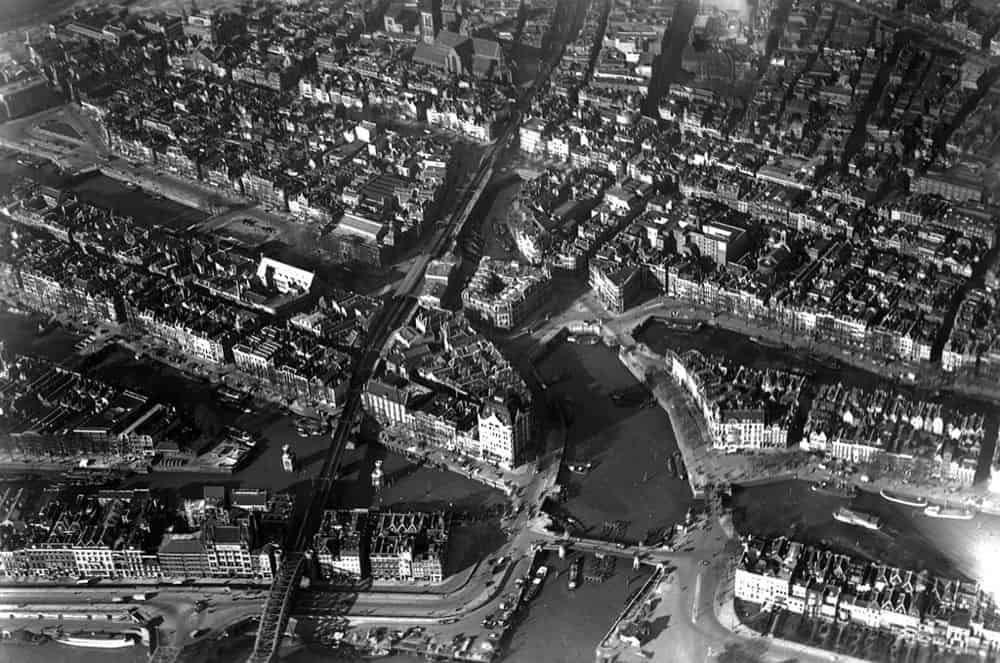 Aerial photo of Oudehaven Rotterdam in 1938
Aerial photo of Oudehaven Rotterdam in 1938
1940 the Rotterdam Blitz attack of the German “Luftwaffe” destroyed the inner city of Rotterdam and the lives of about 900 Rotterdammers as well as making 85,000 homeless. During World War II, when Germany invaded the Netherlands, and the countries had been at war for four days, the Nazis destroyed the entire historic centre of Rotterdam in one aerial strike on 14th May 1940. And even though the Netherlands had opted for neutrality in this second World War again, they got drawn into the battle due to the Netherlands strategic location. At the same time as the German occupation began in Rotterdam, the debris from the inner city was cleared and filled into surrounding rivers, like the Blaak and the Schie. In 1942 Rotterdam opened the first car tunnel in the Netherlands: the Maas tunnel.
In 1943 and 1945 more bombs hit Rotterdam West and Bergpolder, respectively, “accidentally” this time as they came from the allied troops. They were meant to target shipbuilding and train rails, but killed several hundred civilians in Rotterdam, and left more than 16.000 people homeless. All aerial attacks caused firestorms racing through and destroying even more of the city than the bombs alone.
Between 1942 and 1943 most of the Jews in Rotterdam were deported and perished in Nazi death camps. Only 13% of the Jewish population of the post-war 10.505 Jews of Rotterdam survived the Nazi occupation. During the hunger winter (1944-1945) more people died in Rotterdam. In November 1944, the Nazis held a big Razzia, capturing around 50.000 men between 17 and 40. 10.000 of which were set to work in the east of the Netherlands, the rest was taken to German Arbeitslager.
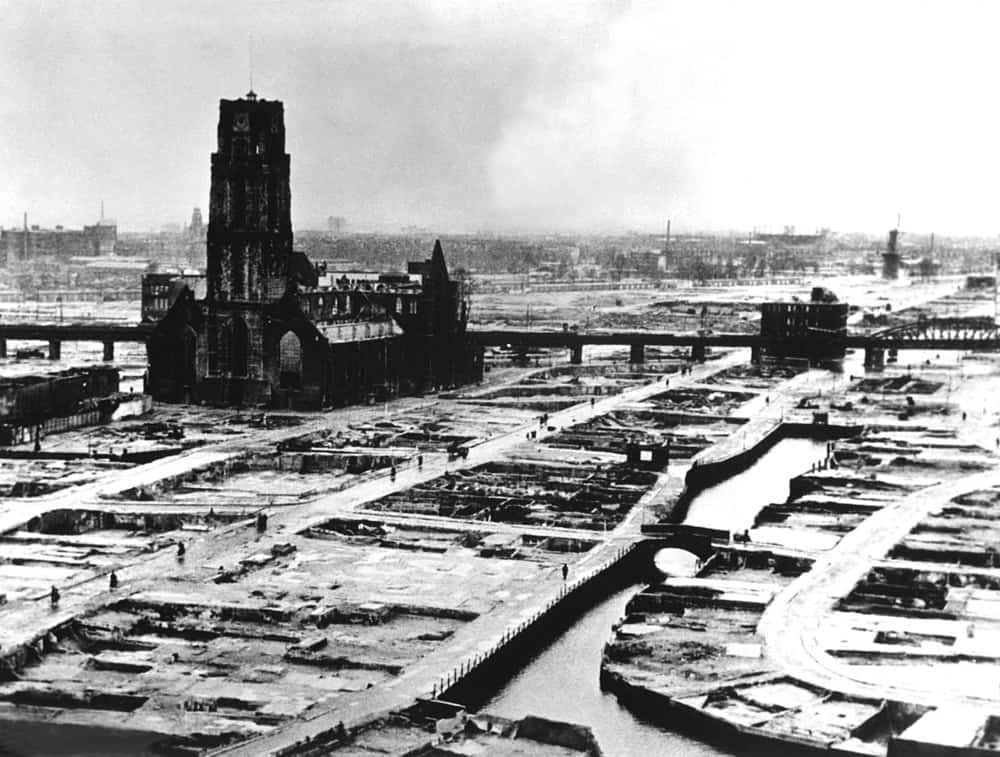 Rotterdam's Laurenskerk stands alone after the Nazi bombardment in May 1940
Rotterdam's Laurenskerk stands alone after the Nazi bombardment in May 1940
After the war, between 1945-1970, Rotterdam was being reconstructed. Many damaged buildings were not restored but sloped, and new, modern buildings took their place. In the 50ies, Rotterdam had the image of the workers’ city and became a model of modernity. For example, in 1953 Rotterdam opened Europe’s first car-free shopping street: the Lijnbaan and the hypermodern Groothandelsgebouw. 1960 the Euromast was build and became a symbol of post-war Rotterdam, just as Ossip Zadkine’s statute “de verwoeste stadt” (the destroyed city). Through its constant grow Rotterdam received the title of the biggest harbour in the world in 1962. After eight years the first metro of the Netherlands was opened in Rotterdam in 1968, connecting the neighbourhoods “on South” to the centrum.
Anarchic movements did not appear in Rotterdam, but in June 1970 the “European answer to Woodstock” still took place here: the Hollandse Pop Festival in the Kralingse Bos. Famous bands like Jefferson Airplane, Santana and Pink Floyd were playing. Feyenoord was winning the European Cup as the first Dutch football club. People, who could afford to, left their cheap flats and bought more modern houses in the new suburbs and outer municipalities. “Guest workers” came in their place; first from Spain and Italy, later from Turkey and Morocco. Tensions arose between old and new inhabitants that sometimes led to riots. The community was shocked, but after a few years’ things calmed down again. Rotterdam became a multinational community with many residents originating in the Netherlands, Turkey, Morocco, Suriname and the Dutch Antilles as well as Cape Verde.
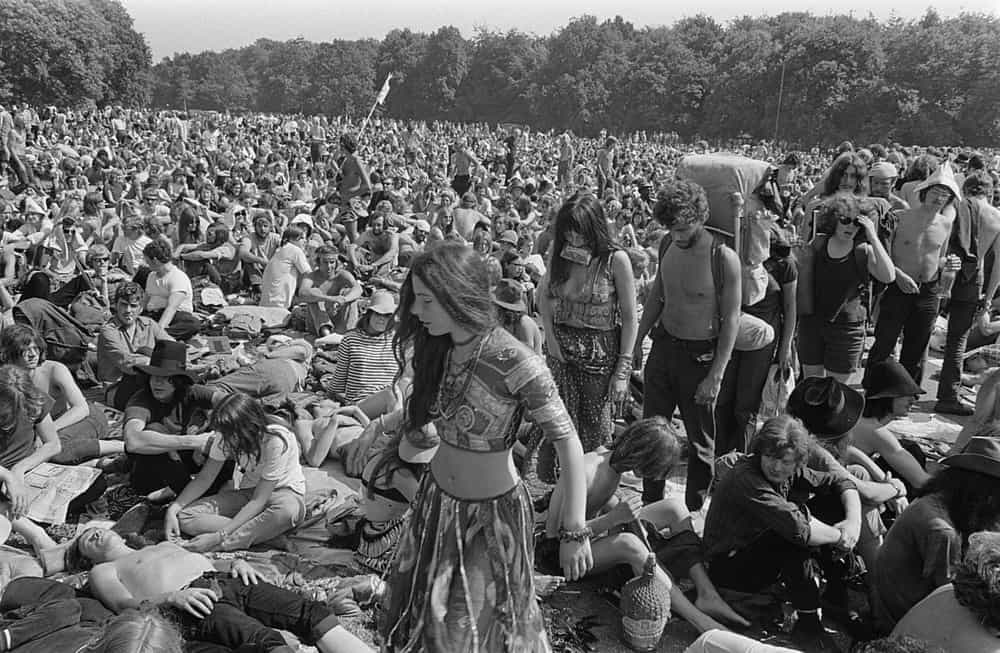 Holland Popfestival 1970 took place in Kralingse Bos Rotterdam
Holland Popfestival 1970 took place in Kralingse Bos Rotterdam
Like many other European cities, during the eighties Rotterdam had a rising drug problem. It began with some soft drugs users but quickly turned into a crowd of hard drug users such as heroin. And even the architecture of those days was bare and sombre, like the Maritime Museum and the Cube houses. The spark of modernity had gone from Rotterdam; former modern places were outdated. Bald, empty spots stood in the city. Nightlife still existed, but only for insiders. The streets remained empty at night.
The nineties were altering Rotterdam’s face yet again; after long political struggles, skyscrapers were now allowed in the city. They changed the skyline of Rotterdam and brought some of its attitude back. Kop van Zuid was changed and modernised completely. Contemporary buildings, a theatre, and the court were built here as well as the Erasmusbrug, which connects north and south of Rotterdam beginning in 1996. In 1995 there was serious talk about dissolving the city and its port into smaller administrative parts with various governments. They were to form the city province of Rijnmond and turn the city into more manageable bits and pieces. Experts agreed for it to be a good idea, but Rotterdam’s inhabitants are having none of it. They fight for a referendum. The outcome is clear: more than 90% of the people want to keep the city of Rotterdam. The politicians dismissed the idea.
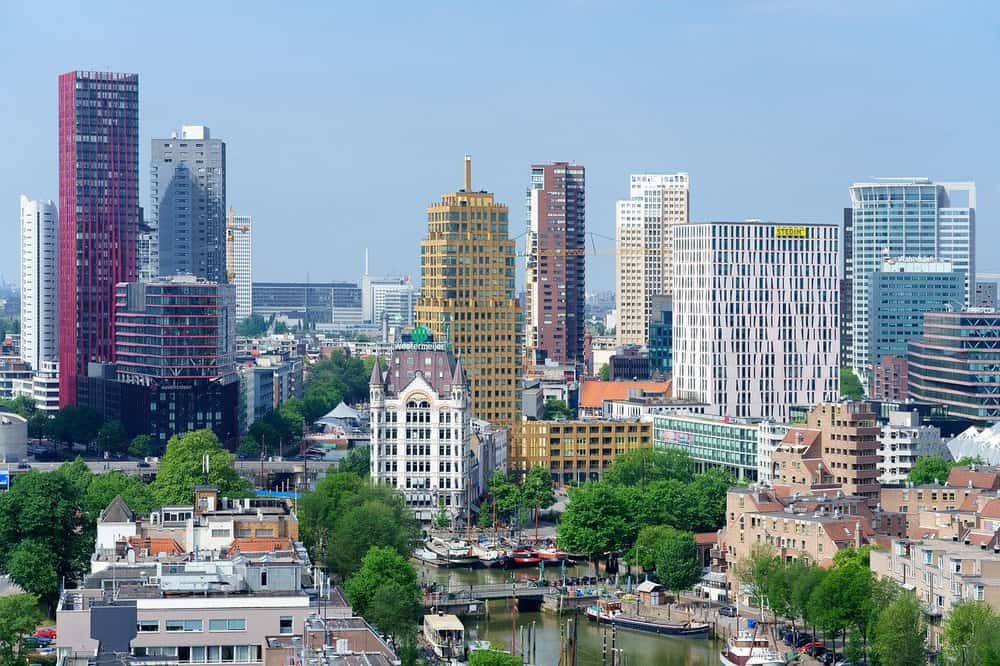 Rotterdam's skyline with its skyscrapers
Rotterdam's skyline with its skyscrapers
The 21st century - Now
In March 2002 during the probably most tumultuous municipal elections ever in Rotterdam, Pim Fortuyn from Rotterdam was chosen with his freshly erected party Leefbaar Rotterdam. Fortuyn won a big majority over the social democrats who had been ruling the city for the last 55 years. But one week before the national elections were held Pim Fortuyn was shot dead. Rotterdam was left in mourning. After a while, the pieces were picked up again, and a coalition was formed. Ivo Opstelten became the new mayor who followed a program of security and order, which made him a popular mayor. In 2009 his footsteps were followed by another popular mayor: Ahmed Aboutaleb. Rotterdam’s first major of Moroccan descent, Aboutaleb is also connecting Rotterdam internationally and is not afraid of strong statements.
In 2020, Rotterdam has a population of ca. 651,500 and is home to over 180 nationalities.
Sources:
https://en.wikipedia.org/wiki/Rotterdam
https://geschiedenisvanzuidholland.nl/locatie/geschiedenis-van-rotterdam
https://www.youtube.com/watch?v=Nihf-jyb1d0
https://www.youtube.com/watch?v=uTLl63W-R0w
https://indebuurt.nl/rotterdam/genieten-van/toen-in/31-maart-1943-het-vergeten-bombardement-van-rotterdam~85143/
https://nl.wikipedia.org/wiki/Geschiedenis_van_Rotterdam
https://nl.wikipedia.org/wiki/Hoekse_en_Kabeljauwse_twisten
https://nl.wikipedia.org/wiki/Jacoba_van_Beieren
https://www.rijksmuseum.nl/en/rijksstudio/timeline-dutch-history
https://en.rotterdam.info/locations/het-witte-huis-1/
jck.nl
 Map of Rotterdam from 1652 (Blaeu)
Map of Rotterdam from 1652 (Blaeu) Beurs Rotterdam in 1790 (unknown author)
Beurs Rotterdam in 1790 (unknown author) Aerial photo of Oudehaven Rotterdam in 1938
Aerial photo of Oudehaven Rotterdam in 1938 Rotterdam's Laurenskerk stands alone after the Nazi bombardment in May 1940
Rotterdam's Laurenskerk stands alone after the Nazi bombardment in May 1940 Holland Popfestival 1970 took place in Kralingse Bos Rotterdam
Holland Popfestival 1970 took place in Kralingse Bos Rotterdam Rotterdam's skyline with its skyscrapers
Rotterdam's skyline with its skyscrapers
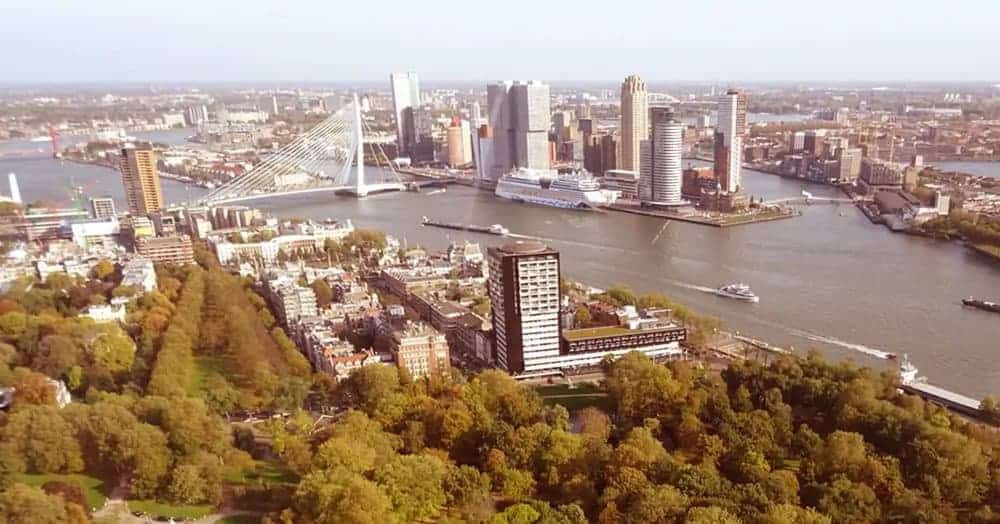
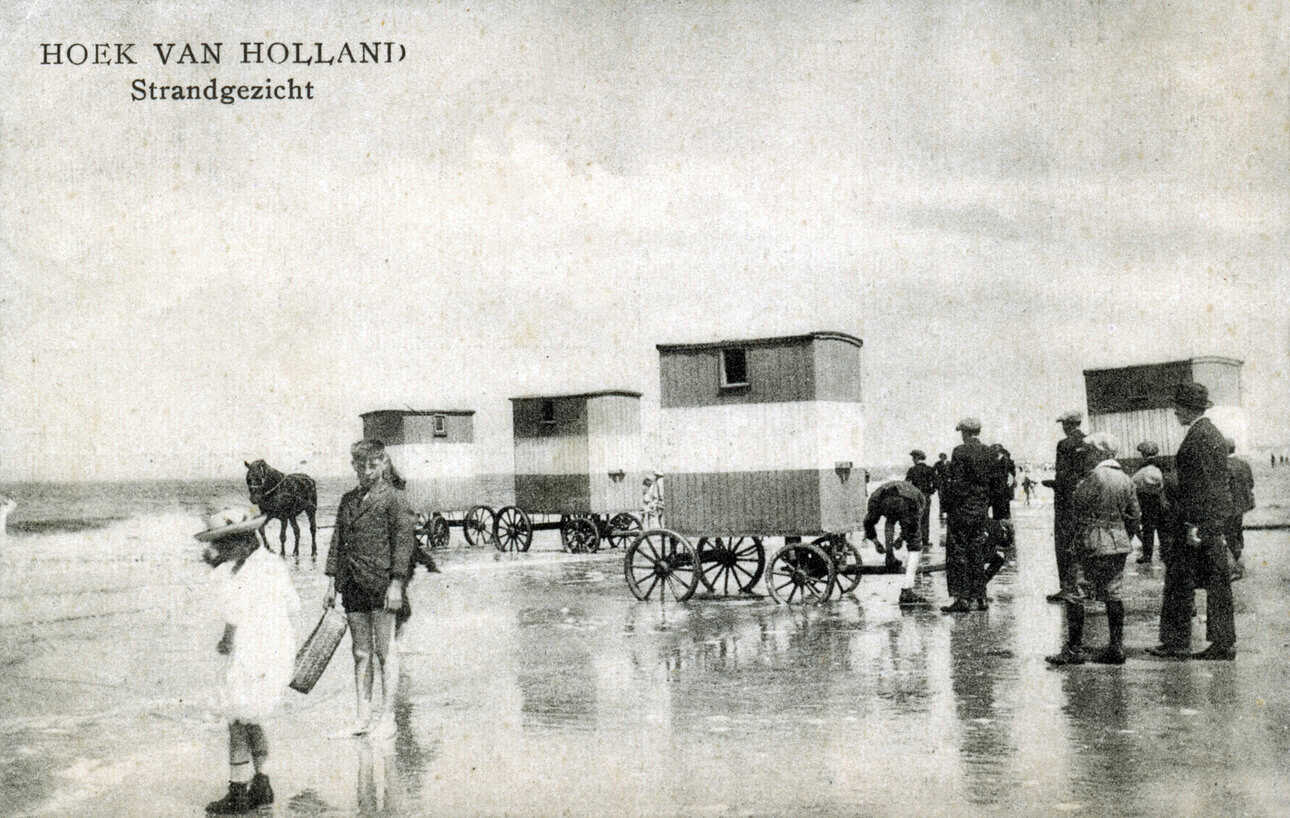
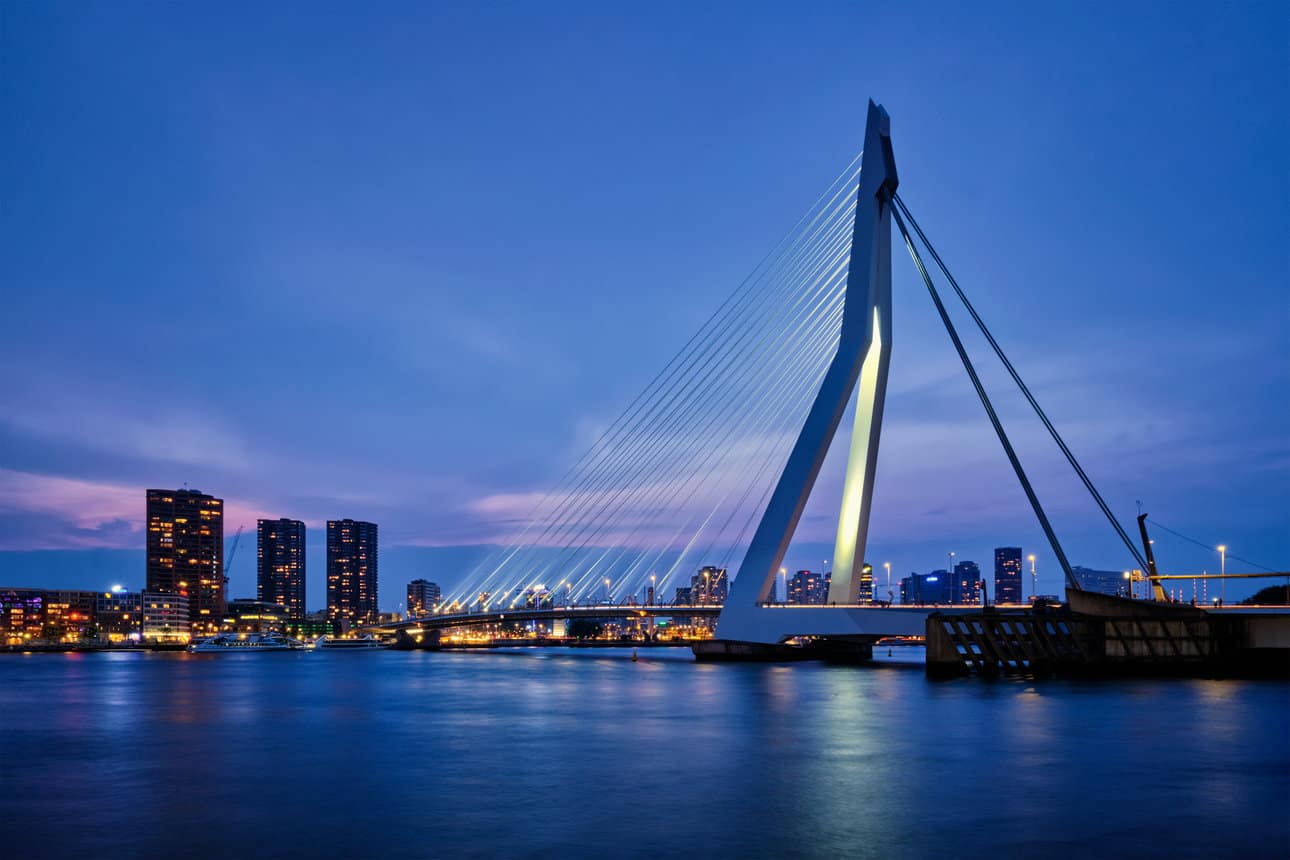
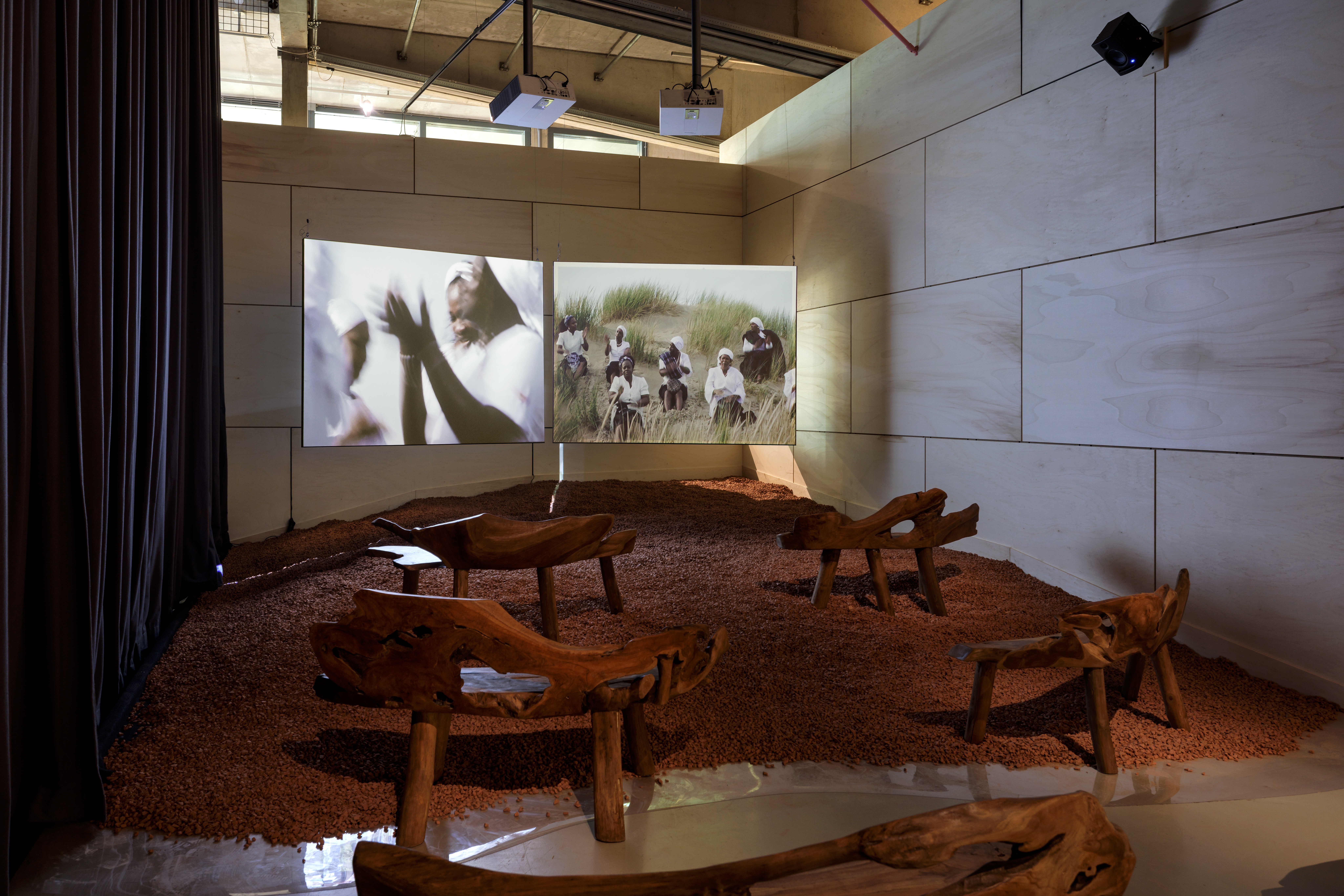

.jpg)

.jpg)
-124.jpg)

